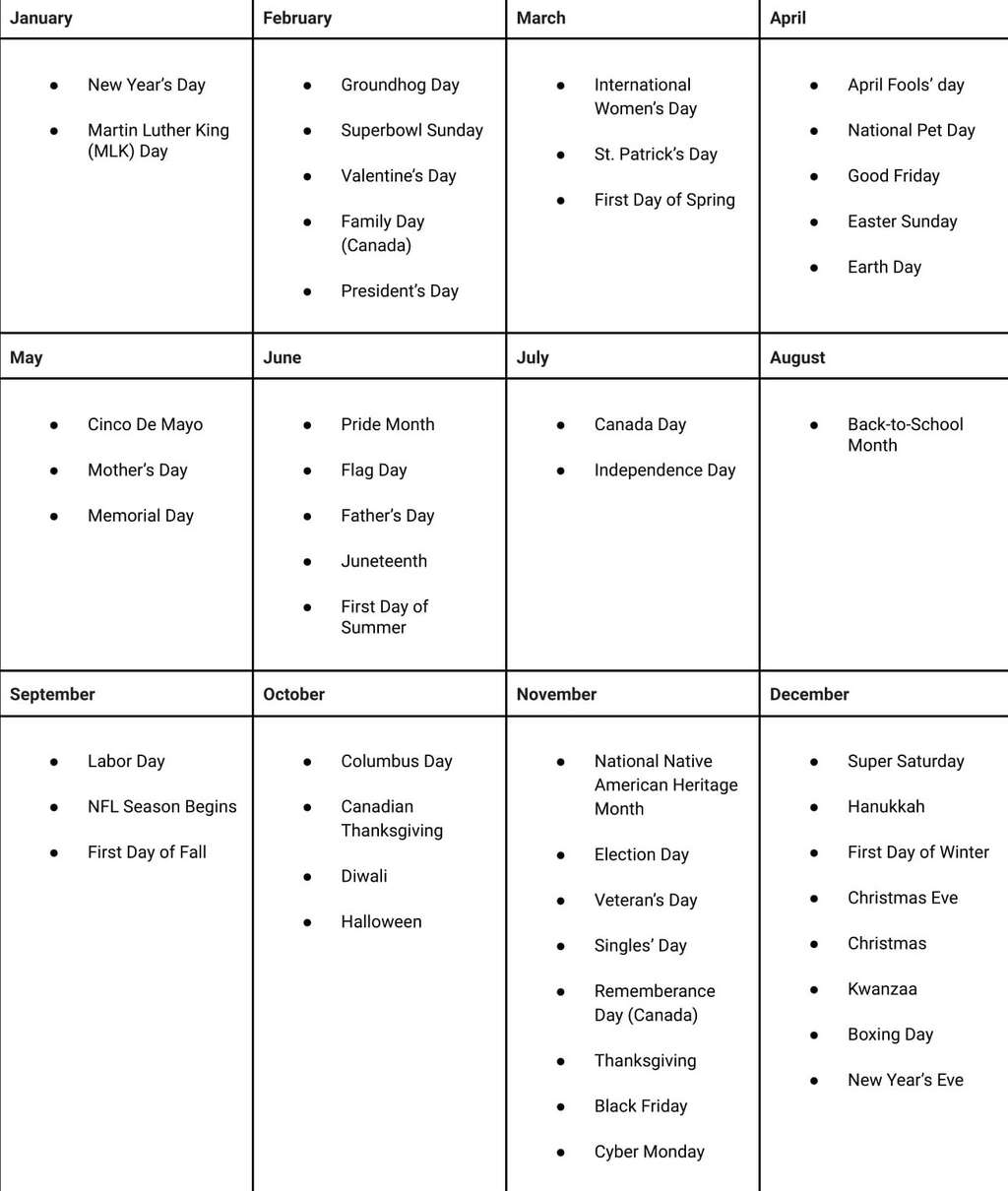Common Challenges Newbie Amazon Sellers Face and How to Overcome Them
Posted: April 5th, 2022
Amazon has been leading the pack in e-commerce with a 60% e-commerce market share in the U.S. The marketplace boasts over 213 million unique visitors per month. With such juicy numbers, it’s a no-brainer that most e-commerce entrepreneurs will gravitate toward the opportunities offered by the marketplace.
A downside to Amazon being such an attractive e-commerce opportunity is that the competition among sellers on the platform is cutthroat, to say the least. As a newbie seller, you might feel like you’re bleeding in shark-infested waters, and rightly so.
In this blog post, we’ll explore the common challenges that you’ll face as a newbie seller on Amazon and how you can navigate around them.
Let’s dive in!
#1. Selling the wrong product
Your success as an Amazon seller is significantly impacted by your product choice and how it’s received in the market. Selling the wrong product might tank your business before it even takes off.
But you can avoid this if you catch the problem early.
So, how do you identify the right product to sell on Amazon? Identifying the right product is all about looking at a product’s performance data over time.
Crunching the numbers and deciphering products’ past performance data on your own would be too time-consuming. We recommend using some Amazon research tools to help you make sense of the data and choose the right product. Here are some helpful tools you need to incorporate into your product research process:

Helium 10 is a comprehensive product finder tool and arguably the most important tool you’ll need in your product hunting quest. This tool helps you find profitable products and gives you valuable competitor insight.
You can use Helium 10 for:
- Keyword research
- Product validation with sales data
- Profit assessment
- Review scanning
- Competitor research
With Helium 10, you’ll get access to all the data you need to make an informed data-driven decision when choosing a product to sell on Amazon. And a neat bonus is that Helium 10 lets you reverse engineer competitors’ product listings to create a highly converting listing for your product.
Click Here to Get Helium 10 and Save 50% Off Your First Month or 10% Off Every Month For a Lifetime
Amazon
That’s right. The Amazon marketplace can be repurposed into a product research tool. For example, if you want to sell Product X, you can search for Product X on Amazon, then look at how many other sellers are already selling the product. These will be your competitors if you decide to sell the product.
You can also go to the review sections to see what the customers say about the product. If there are too many customer complaints, Product X wouldn’t be an excellent product to sell. But, if it’s getting decent sales volume, doesn’t have too much competition, and has mostly positive reviews, then you can consider selling Product X.
Amazon Seller App
Amazon seller app is a smartphone app that scans product barcodes and gives you vital information about the product. The app is free to download and use, but you need to register as an Amazon seller first to use it. When using the Amazon seller app, you’ll discover essential product info such as:
- Price
- Estimated profit
- FBA fees
- Bestsellers rank
- Amazon category
- Number of Amazon sellers
The Amazon seller app comes in handy, especially for arbitrage sellers. Armed with this app, you can find products anywhere, even in your local Walmart store. All you need is to scan the barcode, and it’ll give you all the necessary information you need to make an informed decision.
Keepa
Keepa is arguably the best price tracker tool for Amazon. This tool equips you with insightful product pricing data in 13 Amazon marketplaces with the option to export this data and tweak it. Keepa’s best feature, however, is its API. Keepa API helps you step up your product research process by giving you access to a 500 million product database. With Keepa API, you can tap into Keepa’s 500 million product database to access valuable info like:
- Price history
- Review count history
- Buy Box details
- New and Used items history
- Category info
- Sales ranking
- Price increase tracking
- Bestseller listing
#2. Fierce price wars
Amazon is a highly competitive market with over 6 million registered sellers. Out of the 6 million, 2 million sellers actively sell on Amazon. You can bet there will be a price war in such a competitive marketplace as sellers lower their prices to attract more customers.

As a newbie, you’ll need to accept that competitors will try to undercut you as they move to claim a larger market share. You need to find a way to survive the price war and learn how to use it to your advantage. Let’s look at some strategies you can use to survive an Amazon price war:
Identify how low you can go
The first step in surviving a price war is identifying how low you’re willing to go with your pricing. Your minimum price should allow you to remain profitable while being competitively priced. You don’t always have to price lower than your competitor to make sales. For all you know, a competitor might lower their prices to bait you into dropping yours till you run out of stock or run your business to the ground.
Find a balance with your price cuts
Most customers associate low prices with low quality. As much as you need to lower your prices to survive a price war, you don’t want to overdo it to the point that customers start perceiving you as a low-quality seller. Another factor to consider is your long-term profitability. Overdoing your price cuts might affect your long-term profitability and put you out of business.
Match your competitor’s price
Your prices don’t have to be lower than your competitor’s. Sometimes, all you need is to match your competitor’s price to level the playing field. When buyers choose products within the same price range, other factors come into play. Buyers will typically look at product reviews, product listing quality, and brand strength when deciding on products with the same price.
#3. Playing catchup during the holiday season
The holiday season comes with massive growth opportunities. Buyers are in the mood to splurge, and you want your products right in front of them when they’re willing to buy. Most newbie sellers don’t prepare enough for the holiday season and end up playing catchup to the competition. Here’s how you can prepare, so the holiday season demand doesn’t catch you off-guard:
Stock up
Running out of inventory in the middle of the holiday season is disastrous. You watch as your competitor grabs all the sales you’d have landed, and there’s nothing you can do to stop it. Assuming you’ve been selling for a few months before the holidays, you can already identify your best-selling products. Make sure to stock up on these products to have enough inventory to satisfy the holiday sales demand.
Know your holidays
If you mention the holiday season, most people will automatically think about Thanksgiving, Christmas, and New Year’s — but that’s just three months' worth of holidays. As an Amazon seller, you can’t afford to have this outlook on the holidays. There are several holidays sprinkled throughout the year that offer excellent opportunities to grow sales. Let’s look at them:

#4. Post-holiday sales are critical
Post-holiday sales as just as important as your holiday sales. The surge in demand that’ll come with the holidays won’t suddenly decline immediately after the holidays are over. There will be an adjustment period where demand will gradually decline to normal levels. Some Amazon sellers don’t plan for this post-holiday period and end up running out of stock immediately after the holidays. It’s essential to have enough stock to last through the post-holiday season.
#5. Overstocking
Overstocking during the regular season is just as disastrous as understocking during the holidays. Having too much inventory might look like a good move on the surface. After all, it shows you’re prepared and won’t run out of stock, right? But, taking a closer look, holding too much inventory can run up your operating costs and ultimately be detrimental to your business.
First, too much inventory holds up your operating capital, leaving you with less money to invest in things like marketing. Second, more inventory means more storage fees if you’re selling via FBA. And, even if you’re selling via FBM, you still need more space for all the inventory, so either way, overstocking will cost you money.
Third, the longer you hold inventory, the greater the chance of your items getting damaged, especially if they’re in a busy warehouse. All in all, it’s essential to maintain inventory levels that are in line with the number of units you sell per a given time.
#6. Gated Categories
When doing product research, you may come across a product that's in demand and the competition isn’t too high. It’s the perfect product to sell. But there’s a small problem, it falls under a gated category and you can’t sell it after all.
Amazon is a customer-centric platform, and one of its core objectives is protecting the consumer from counterfeit and substandard goods. On the other hand, Amazon doesn’t want to be too restrictive with sellers. Amazon’s solution to this dilemma is gating some categories so they aren’t available to new sellers. New sellers have to “earn their stripes” and prove they’re reputable before ungating these categories. One advantage is once you ungate a gated category, you won’t have too much competition from new sellers entering the marketplace.
Click Here To Read Our Full Ungating Guide Here
#7. Amazon intellectual property restrictions
To promote fair play in the marketplace, Amazon created intellectual property regulations to help brands protect themselves from third-party sellers. When selling on Amazon, you may get an intellectual property (IP) claim from a brand if you’re selling their product without authorization.
Now, most brands won’t hit you with an IP claim when you arbitrage their products on Amazon. But getting hit with an IP claim can derail your success on Amazon as you try to solve the claim. You may also have to stop selling the product, leading to losses if you had already stocked the product.
It’s crucial to identify brands that have a reputation for filing IP claims against sellers and avoid them. One of our previous blog posts dives deeper into the IP claims topic and how you can protect yourself from IP claims with IP Alert.
Click Here to Get IP Alert and Save $25 With Coupon Code HAPPY25
Wrapping up
Selling on Amazon as a newbie might seem like diving in shark-invested waters. But, with the right guidance, you can navigate the challenges of the marketplace and build a profitable business. It’s for this purpose that we created the Amazon Cheat Codes FBA Course - to help you build a profitable business on Amazon.
Get the Amazon Cheat Codes Course today and learn how to build a profitable Amazon business!

